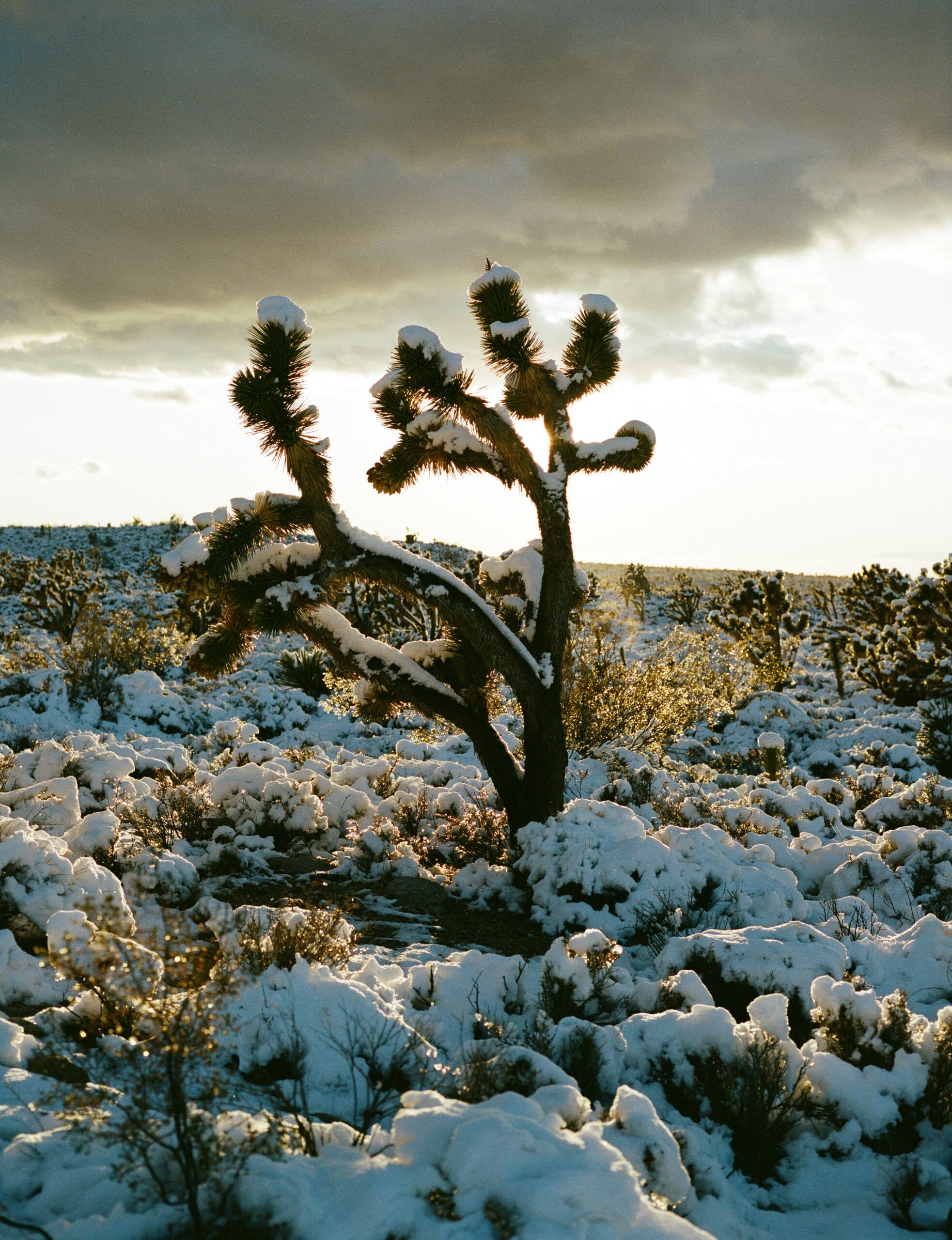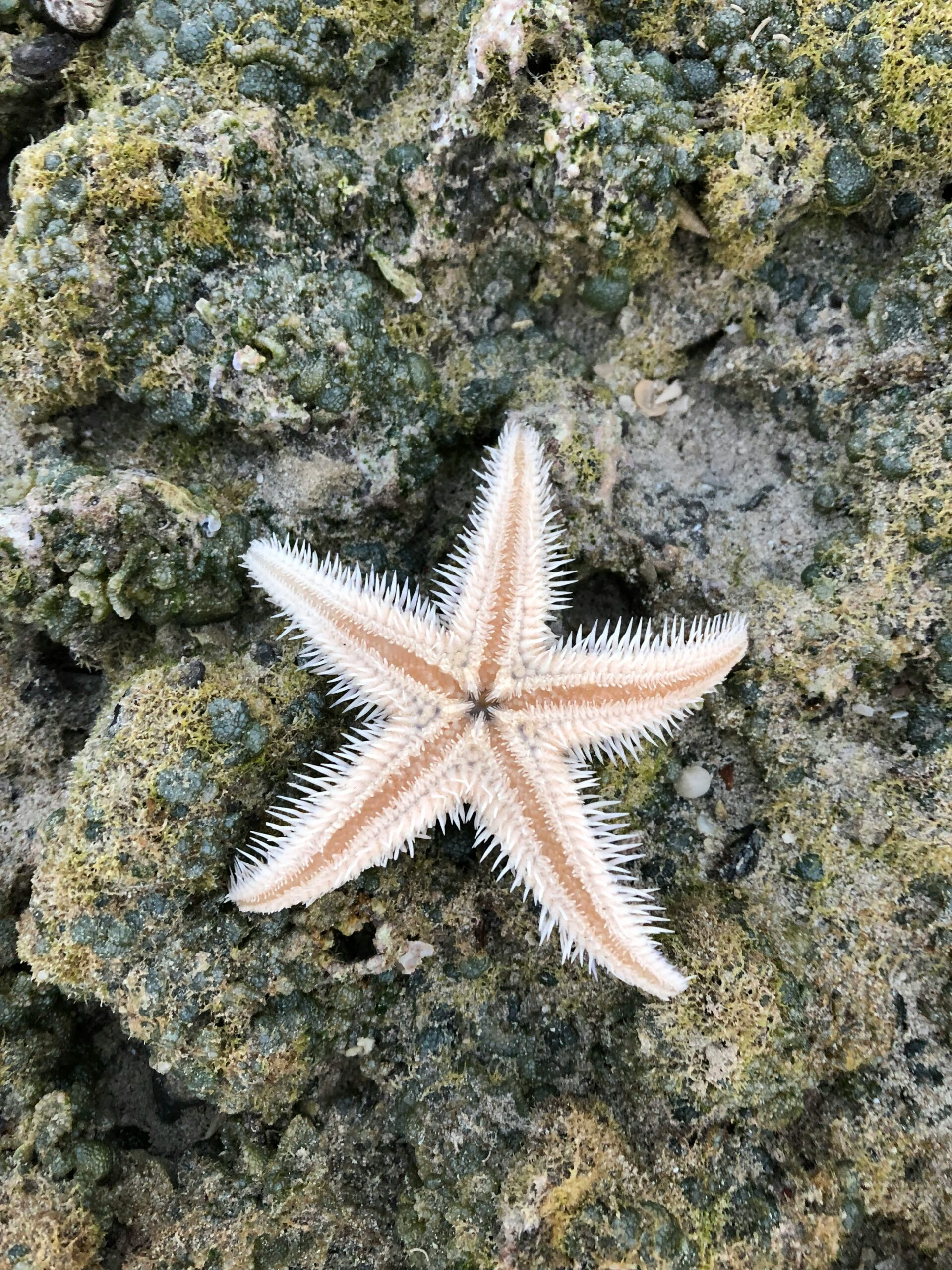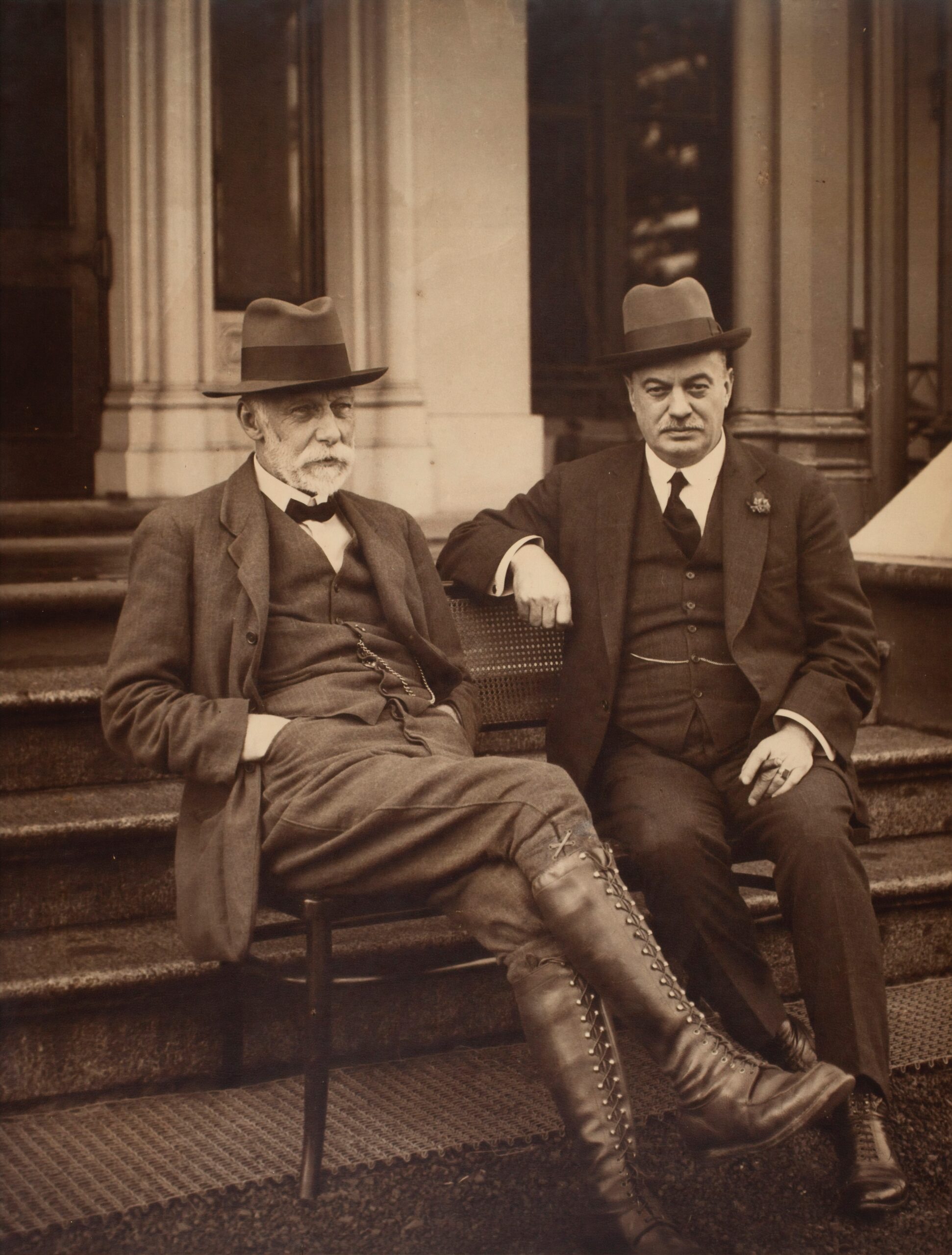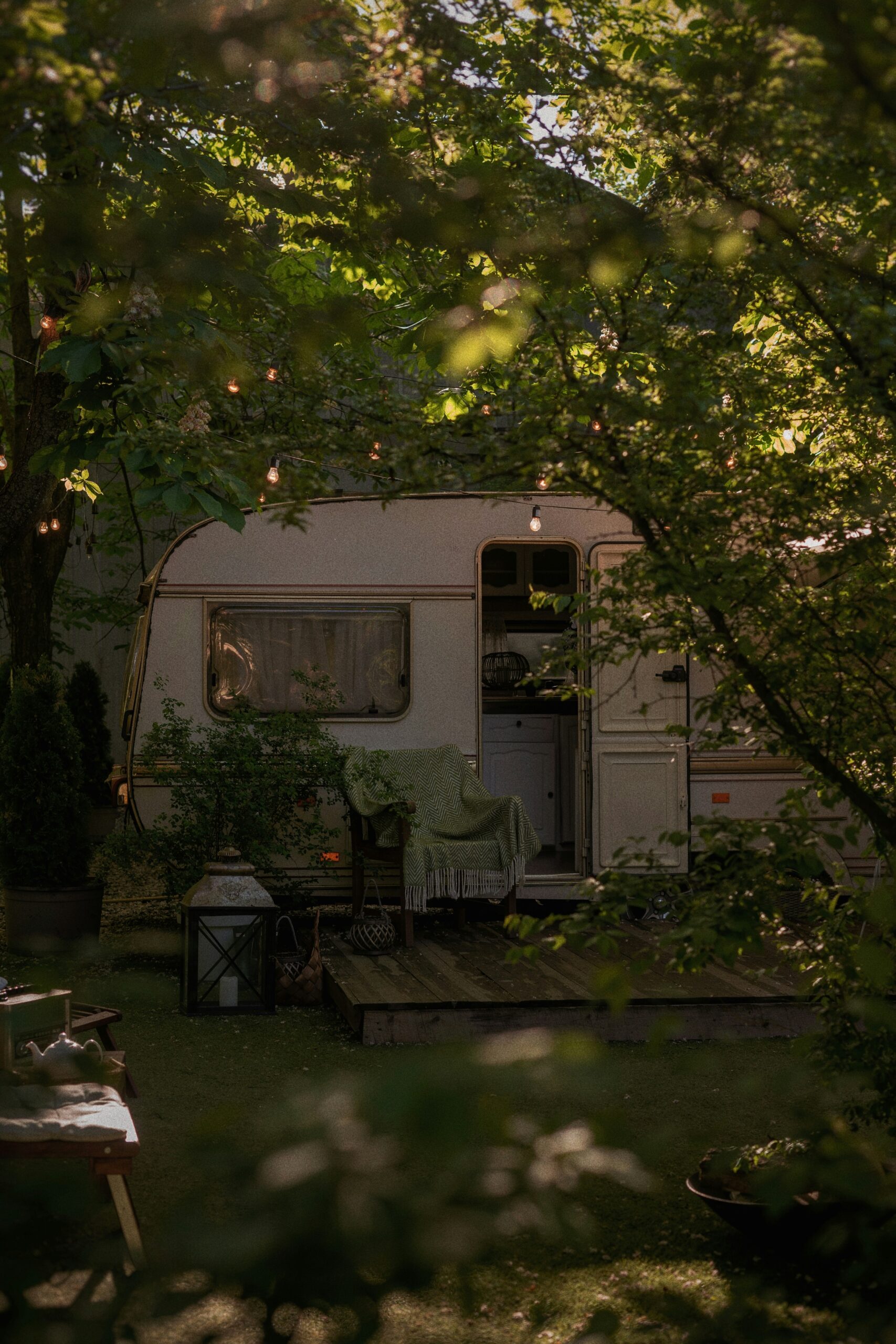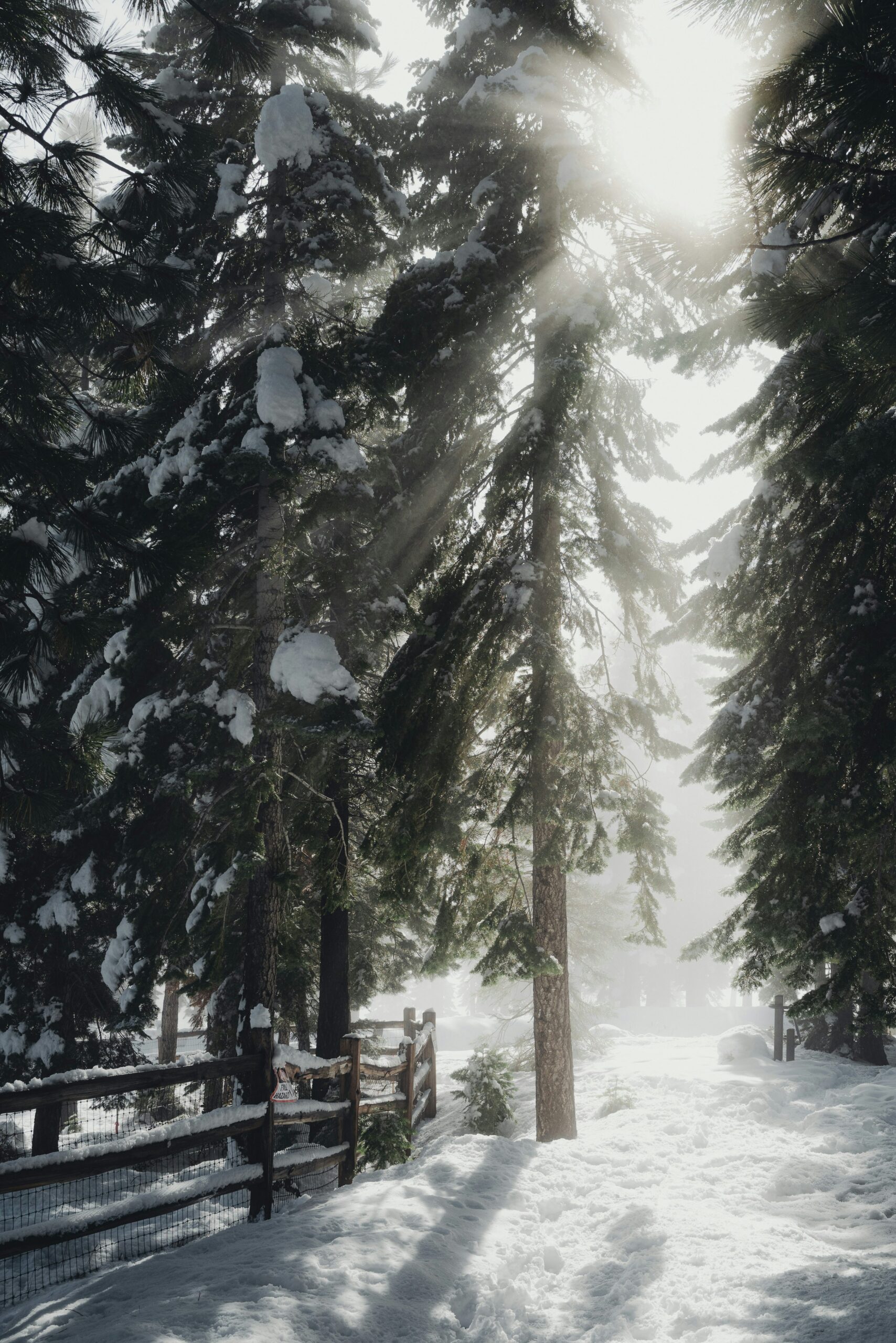Visit Mojave National Preserve: A Guide to Desert Adventures
As you set out to explore the vastness of California's desert splendor, the Mojave National Preserve awaits with its unique and captivating scenery. This protected area affords a chance to wander among iconic Joshua trees, which stretch towards clear blue skies, creating a surreal landscape that's as photogenic as it is inspiring. Home to a diverse tapestry of desert flora and fauna, the preserve is a perfect escape for those looking to experience the quiet and serenity of the desert.
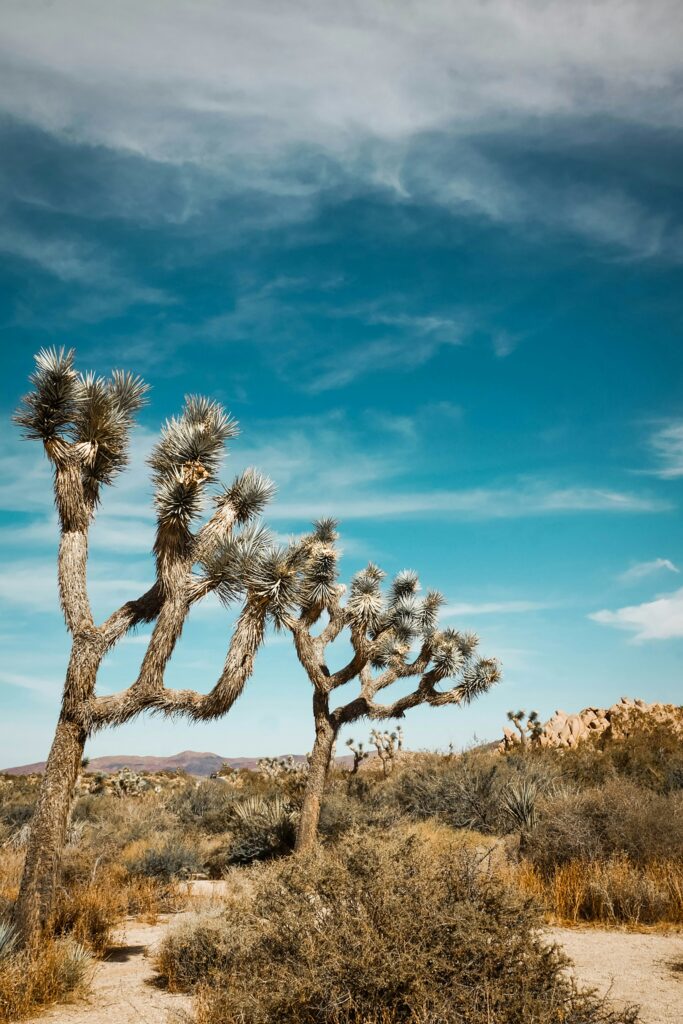
Picture yourself walking on the soft sands of the Kelso Dunes, where the silence is broken only by the sounds of the shifting grains beneath your feet. These undulating sand hills offer an enchanting panorama, making for an unforgettable hiking experience—especially if you manage to catch the symphony of the ‘singing sands.' And while you're immersed in this serene, friendly expanse, keep an eye out for the diverse wildlife, because the Mojave National Preserve is where the resilient species of the desert showcase their adaptability.
Whether you're a seasoned hiker, a photographer in search of that perfect shot, or simply someone who loves to connect with nature, Mojave National Preserve represents a remarkable blend of solitude and beauty. It's a destination that invites you to slow down and drink in the overwhelming vastness, where every visit feels like an intimate encounter with the raw power and majesty of California's desert wilderness.
Visit Mojave National Preserve: A Guide to Desert Adventures
Planning Your Visit
Before you pack your bags for an adventure in the Mojave National Preserve, knowing the best times to visit, how to get there, and entrance fees can help you make the most of your trip.
Best Time to Visit
Mojave National Preserve is open year-round, but spring and fall offer the most pleasant temperatures for outdoor activities. Visiting during wildflower season in spring can be particularly rewarding with a vibrant display of desert flora.
How to Get There
- By Car: If driving from Las Vegas or Los Angeles, you will likely take I-15. Exit onto Kelbaker Road, Cima Road, or Zzyzx Road to enter the preserve.
- Historic Route 66: For a scenic drive, portions of the iconic Route 66 pass through the northern edge of the Mojave.
- Gas Stations: Remember to fill up your tank before entering, as gas is not sold inside the Preserve.
Entrance Fee
Good news! There is no entrance fee to explore Mojave National Preserve. However, some facilities and services may charge fees, so check Mojave National Preserve for current information.
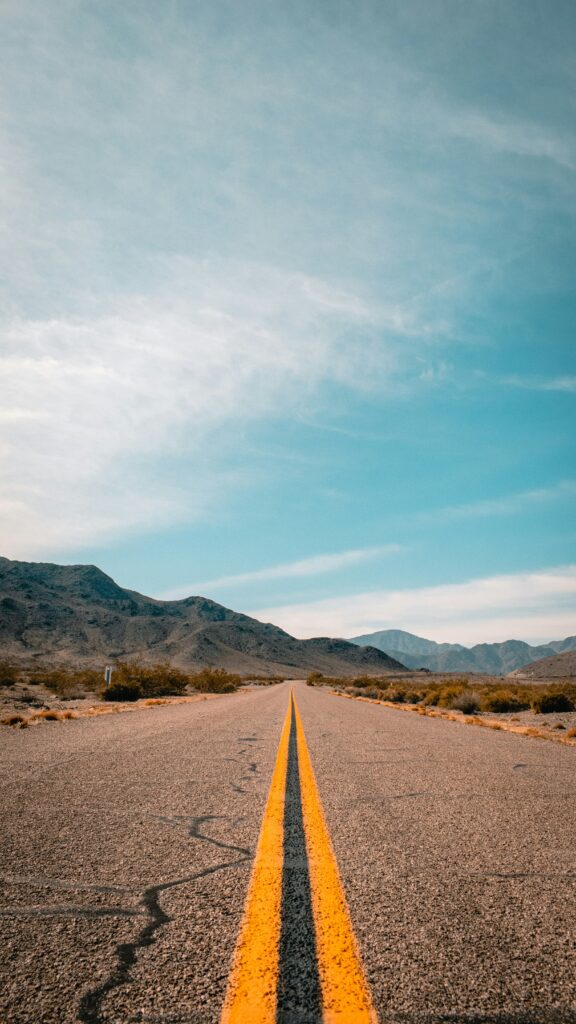
Outdoor Activities
Mojave National Preserve offers an array of outdoor activities for you to enjoy the desert's rugged beauty. From scenic hiking trails to immersive camping experiences and adrenaline-pumping adventures, there's something for every nature enthusiast.
Hiking and Trails
The Preserve boasts a variety of hiking trails for all levels. A must-visit is the Teutonia Peak Trail, where you can enjoy spectacular views and observe the densest Joshua Tree forest in the world. Don't miss exploring the Lava Tube, a fascinating geological formation accessible by a moderate hike.
- Recommended Hikes:
- Teutonia Peak Trail
- Lava Tube Trail
Camping Spots
You have the choice of developed campsites or going off the grid with undeveloped camping. For a convenient stay, developed sites offer amenities and are more suitable if you're looking for an easier setup. For a truly wild experience, find your spot in the vast wilderness areas, where the night skies are unforgettably clear.
- Camping Options:
- Developed Campsites
- Undeveloped Wilderness Areas
Adventure Opportunities
Mojave is a playground for adventure-seekers. Whether you're up for backcountry travel or wildlife viewing, the Preserve's varied landscapes will keep your adrenaline surging. Remember to be prepared with plenty of water, a map, and let someone know your itinerary before you set off on your adventure.
- Adventures to Consider:
- Backpacking
- Wildlife Watching
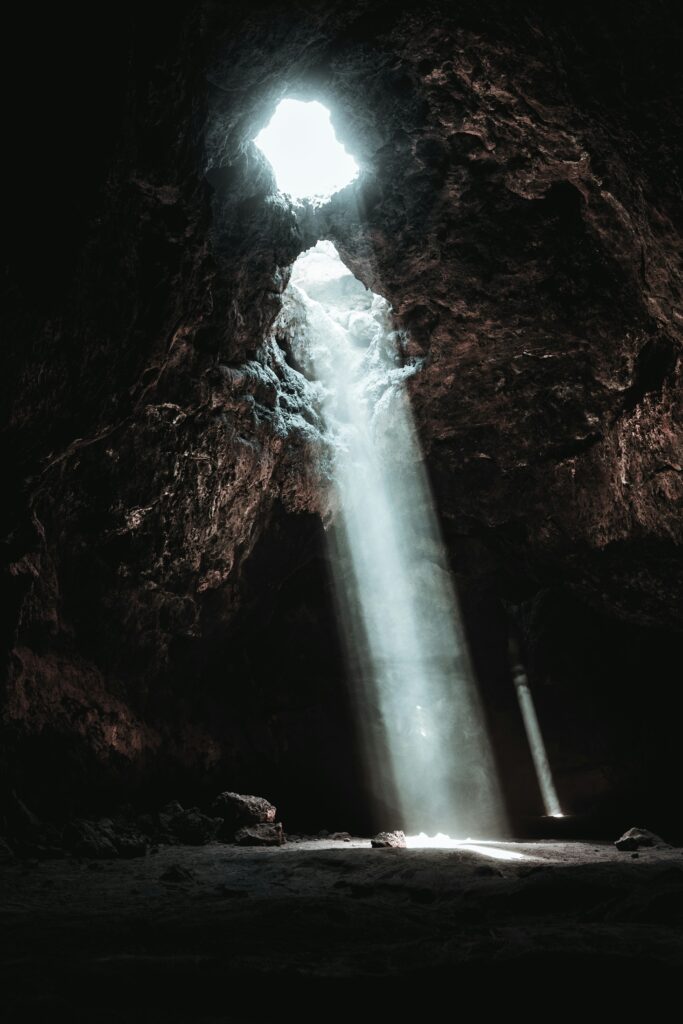
Natural Attractions
Mojave National Preserve is a treasure trove of unique geological and biological sights. You'll find an array of natural attractions, ranging from stunning geological formations to a diverse array of plant and animal life well-suited to the harsh desert environment.
Geological Wonders
Amidst the vast expanse of the Mojave lies a spectacular display of geological wonders. You're in for a treat with its iconic cinder cones and ancient lava flows. Whether you're exploring the Cinder Cone Lava Beds or marveling at the volcanic relics, each formation tells a story of the Preserve's fiery past.
- Cinder Cones: These cone-shaped hills are a result of erupting volcanoes that cooled quickly. They're one of the most eye-catching features of the Preserve.
- Lava Flows: The solidified streams of lava are accessible and provide a unique hiking experience.
Flora and Fauna
The Joshua Tree forests are a signature attraction, giving the desert a surreal and otherworldly beauty. In spring, you're especially lucky to witness a colorful canvas of wildflowers that unexpectedly erupt across the landscape.
- Joshua Tree Forest: The largest of its kind, these trees bring a distinctive character to the Mojave landscape.
- Wildflowers: Depending on the rainfall, you might see carpets of wildflowers from late February to early April.
When it comes to wildlife viewing, you’re on the lookout for creatures that have adapted to thrive in this environment. Common sightings include the elusive desert tortoise, bighorn sheep, and a variety of reptiles and birds.
- Desert Tortoise: This protected species is an exciting find, so keep your eyes peeled for these slow-moving desert dwellers.
- Wildlife Viewing: Early mornings or late afternoons are the best times for observing wildlife when the temperature is cooler and animals are most active.
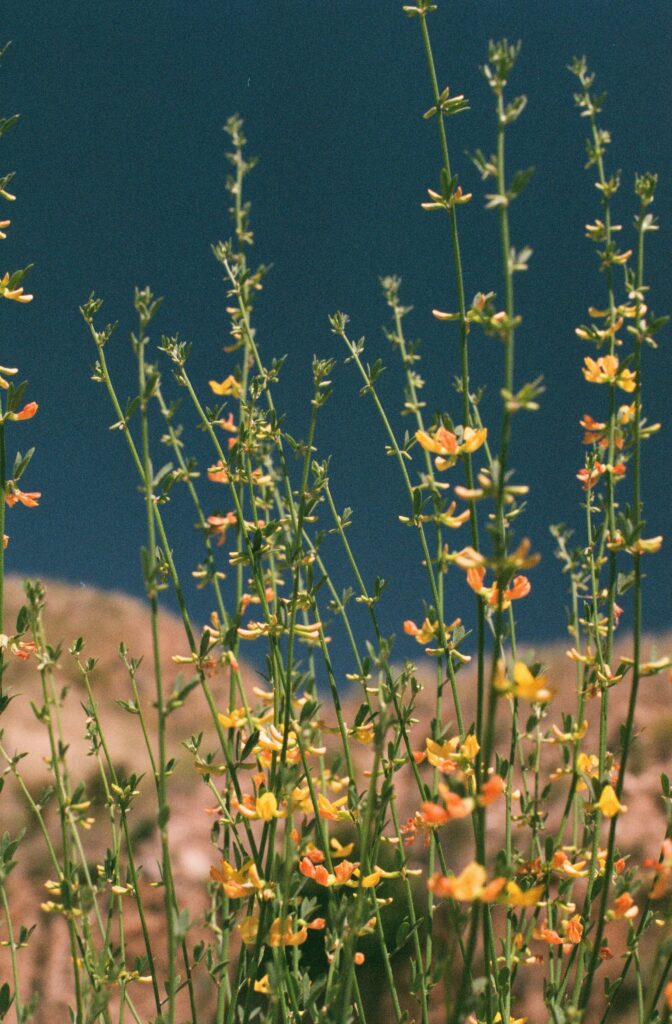
Cultural History
When you visit Mojave National Preserve, you're stepping into a region rich with cultural narratives, from ancient rock art to historic railroad sites. Journey through the landmarks that tell the story of the land and its people.
Historical Landmarks
- Kelso Depot: Once a bustling hub for the Union Pacific Railroad, Kelso Depot is now a restored visitor center. Marvel at its Spanish Colonial Revival architecture as you learn about Mojave’s railroading past, a time when steam locomotives needed water from here to cross the desert.
- Mojave Cross: Honoring American soldiers who have passed, the Mojave Cross is a symbol of remembrance. Although a subject of past legal controversy due to its position on public land, it remains a thought-provoking sight you'll encounter in your travels through the Preserve.
Native Heritage
- Petroglyphs: Witness the Mojave's ancient stories through petroglyphs etched into rock faces by its original inhabitants. These images are powerful remnants of the Native American legacy, offering you a glimpse into their culture and daily life from centuries ago.
- Fort Mojave Indian Tribe: The Fort Mojave Indian Tribe was the original steward of this land, their presence predating European contact. Your understanding of the region's history deepens as you appreciate the perseverance and culture of the indigenous people of the Mojave.
Visitor Amenities
When you visit Mojave National Preserve, it's important to plan ahead, particularly for essentials like food and water. While you won't find any restaurants or stores within the preserve itself, you can count on the visitor centers to offer helpful resources and information to enhance your trip.
Visitor Centers
The main hub for visitor resources is the Mojave National Preserve Visitor Center, where you can find maps, exhibits, and staff to answer your questions. Hole-in-the-Wall Information Center is another spot where you can get insights about the preserve. Both centers are a great starting point for your adventure, ensuring you have all the information you need.
- Mojave National Preserve Visitor Center: Maps, exhibits, and staff assistance
- Hole-in-the-Wall Information Center: Park information and local insights
Food and Water Supply
It's essential to bring your food and plenty of water since these are not available for purchase within the preserve. Make sure to pack enough to sustain you throughout your visit. For outdoor dining, you'll find picnic tables at specific points around the park, where you can enjoy your packed meals amidst the beautiful desert scenery.
- Food: Bring your own; no food services in the preserve
- Water: Carry enough water; no water available for purchase
- Picnic Tables: Available for enjoying your own meals outdoors
Accommodation and Facilities
When you visit Mojave National Preserve, you have a variety of options for where to stay and what amenities are available to you. From rustic campgrounds with basic facilities to nearby lodging with additional comforts, there’s something for every type of traveler.
Camping Amenities
- Pit Toilets: Most campgrounds are equipped with pit toilets for your convenience.
- Potable Water: It's important to note that potable water is not available in many areas, so be sure to bring plenty with you.
- Fire Rings: Select campgrounds offer fire rings for a cozy campfire, but always check for current fire regulations before you light one.
Nearby Lodging Options
- Las Vegas: Just under a two-hour drive from Mojave, Las Vegas offers a wide range of hotels and resorts for a comfortable stay.
- Barstow: Closer to the preserve at about an hour’s drive, Barstow provides several lodging options for your visit.
Remember to check the current conditions and facility availabilities before you head out, as the services and circumstances can change with the seasons.
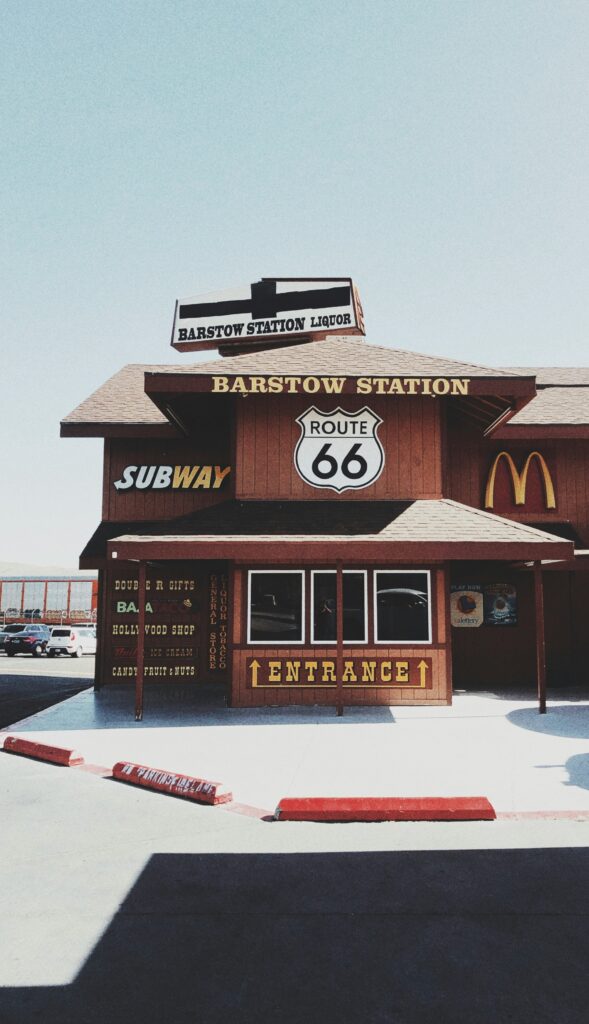
Exploration Tips
Before heading out to Mojave National Preserve, it's important to prioritize your safety and ensure you have the right tools for navigation. Here's how you can prepare.
Safety and Preparation
Weather: Spring and fall offer mild temperatures, ideal for your visit. However, winter can bring temperatures in the low 50s and sometimes below freezing, with the occasional light snowfall. Check the forecast and dress in layers.
- Clothing: Bring warm clothing and sun protection.
- Hydration: Carry ample water; desert conditions can dehydrate you quickly.
Vehicle: Ensure your car is desert-ready; road conditions can vary from paved to rough dirt roads. Vehicles with high clearance and even 4WD may be necessary for certain areas. Always start with a full tank, as gas is not sold inside the Preserve.
- High Clearance/4WD: Check if your routes require a high clearance or 4WD vehicle.
- Spare Tire: Carry a spare tire and know how to change it.
Navigation
Maps: Reliable maps are your best friend in the expansive 1.6 million acres of the Preserve. While GPS is useful, always carry printed maps as a backup. Signal can be spotty.
- Printed Maps: Keep a physical map on hand in case technology fails.
- GPS: Use GPS for convenience but do not rely on it solely.
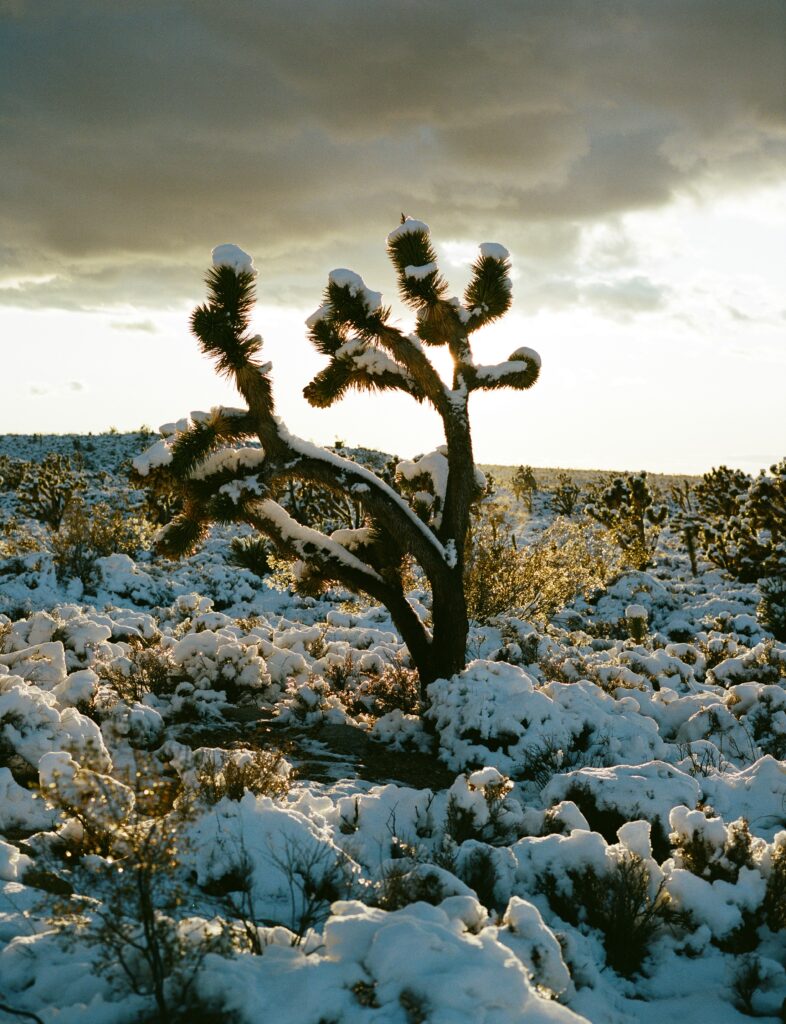
Recreation Areas
Mojave National Preserve offers a variety of recreational areas suited for different tastes and interests. Whether you're a hiker looking for breathtaking trails, or you're interested in backcountry excursions that offer solitude and adventure, there's something for everyone.
Recreational Hiking
- Cima Dome: Embark on a memorable hike up the gentle slopes of the iconic Cima Dome to witness an expansive view that seems to stretch on forever. This geologic feature provides not just a great workout but also panoramic scenes you won't easily forget.
- Hiking Trails: Make your way to Sunrise Rock for an early morning hike to see the day begin. Your hike will be rewarded with colors and shadows on the landscape that create a dramatic and memorable start to your day.
Backcountry Excursions
Embrace the solitude of the backcountry as you navigate through less traveled paths. The preserve's vastness encourages off-the-beaten-path exploration, giving you a genuine sense of discovery. Remember to prepare adequately for these remote adventures to ensure a safe and enjoyable experience.
Mojave National Preserve: Preservation and Conservation
In the Mojave National Preserve, your experience intertwines with the mission to maintain its pristine ecosystem. Efforts by the National Park Service focus on the careful stewardship of this stunning desert landscape, ensuring that its wildlife, habitats, and natural features endure for future generations.
Fauna and Habitat
The Mojave Desert is a living tapestry of biodiversity. You'll find species here that are uniquely adapted to thrive in extreme conditions, from desert tortoises to bighorn sheep. The preservation of their habitats is crucial. Conservationwork includes restoring disturbed lands and protecting the caverns and water resources these animals depend on. Also, monitoring and research programs are in place to maintain the delicate balance of the desert ecosystem and its native species.
Visitor Impact
As a visitor to the Mojave National Preserve, your awareness and actions can make a positive difference. Here are a few ways you can help:
- Stay on designated paths: This minimizes soil erosion and protects plant life.
- Practice Leave No Trace principles: Always pack out everything you bring in.
- Respect wildlife: Observe from a distance to avoid disturbing their natural behavior.
Itineraries and Tours
Whether you're planning a brief visit or a more comprehensive exploration of Mojave National Preserve, there’s plenty for you to discover. Carefully tailored itineraries can help you maximize your time and ensure you experience the wonders this natural setting has to offer.
Day Visits
If you're short on time but want to experience the Preserve's highlights, a day visit can be quite fulfilling. You can start your journey at Twentynine Palms, which serves as a gateway to the Preserve. From here, taking the Cinder Cone Loop is a great way to see some volcanic formations without venturing too far off the main road.
- Kelso Dunes: Set aside a couple of hours to hike to the top of these singing sand dunes for panoramic desert views.
- Teutonia Peak: A shorter hike that leads you through a dense Joshua tree forest to a viewpoint over the Cima Dome.
For a unique experience, take a short detour to Zzyzx, a former health spa with a curious history, now a research center. While there, stroll around the desert oasis and soak in the surreal surroundings.
Extended Explorations
When you have a few days to immerse yourself in the desert landscape, consider these options:
- Lava Tube Hike: Venture to this natural cave to witness sunlight filtering through holes in the ceiling, creating a stunning light show.
- Mitchell Caverns: Explore the fascinating limestone caverns, but remember to book a tour in advance as they are only available Friday through Monday.
For the more adventurous, Aiken Mine Road offers a remote backcountry experience. As you traverse this less-traveled path, you'll encounter the history of the Mojave's mining era. Bold landscapes filled with Joshua trees, volcanic cones, and vast valleys await your discovery. Remember that conditions can be challenging and high-clearance vehicles are recommended.
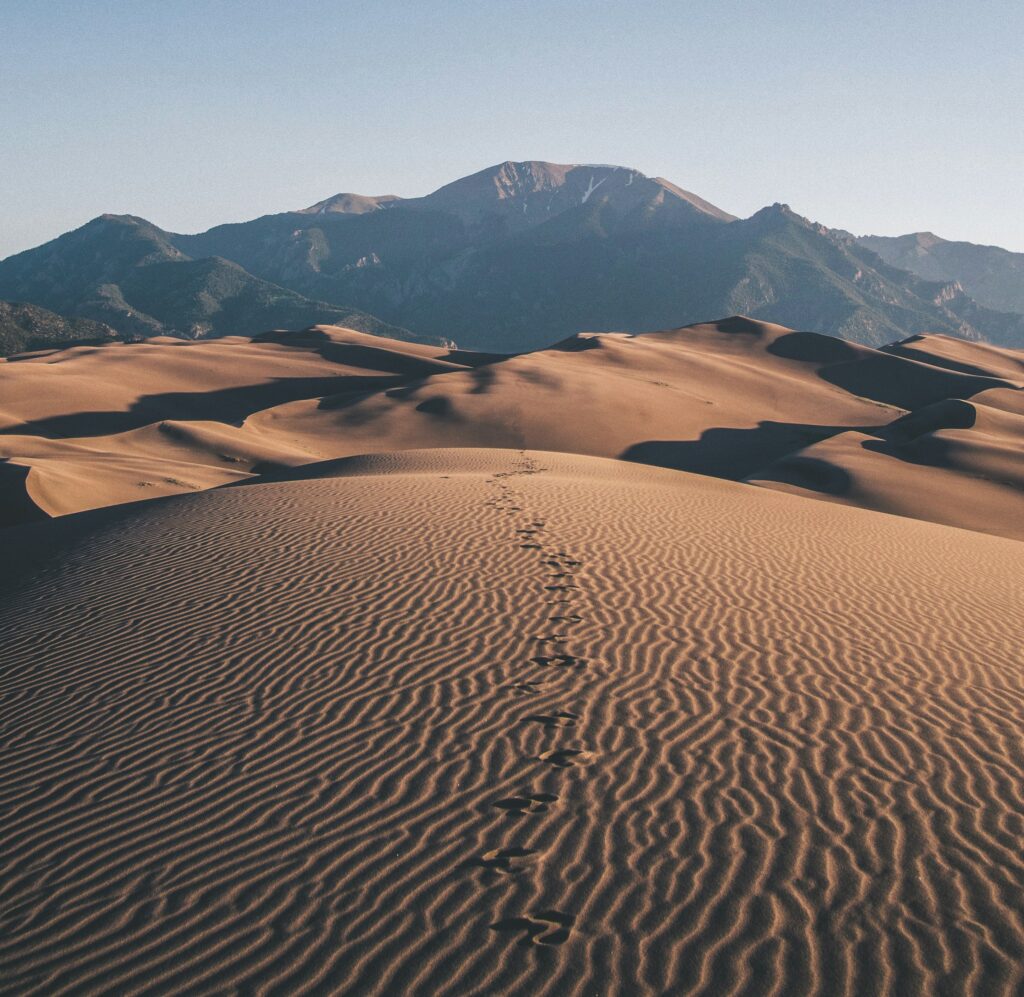
Traveler Services
When you plan your visit to Mojave National Preserve, it's important to note the facilities and roads available for your convenience and safety. The Preserve offers limited traveler services, so you'll need to come prepared.
Accessibility
Mojave National Preserve offers several facilities designed to be accessible to all visitors. You can find accessible campsites and restrooms at the Hole-in-the-Wall and Mid Hills campgrounds, where features like paved parking, tent pads, and picnic tables accommodate varying needs. Remember that while the main roads like Cima Road and Kelbaker Road are paved and generally well-maintained, the accessibility of other areas can be more challenging due to natural terrain and undeveloped roads.
Emergency Services
For your safety, emergency services are limited within the Preserve. It's essential to know that cell service is not reliablethroughout Mojave, so plan ahead and let someone know your itinerary. In case of an emergency, you can contact park rangers or visit the ranger station on Cima Road. For immediate assistance, dial 911. However, due to the remote nature of the Preserve, response times can be longer, and you should be prepared with basic emergency supplies such as water, food, and a first-aid kit.
Frequently Asked Questions
Embarking on an adventure to Mojave National Preserve? Your experience can be enriched with some quick insights into some of the most common queries travelers like you have.
What are the best things to do in Mojave National Preserve?
The Mojave National Preserve offers a plethora of activities including exploring the Kelso Dunes, hiking the Teutonia Peak Trail, and marveling at the landscapes from various lookout points. To truly appreciate the area, allocate a day and a half to two full days, which allows you ample time to experience the top attractions.
Where can I find a map of Mojave National Preserve?
To navigate the preserve's vast landscapes, you can find maps online or at the preserve itself. They'll guide you to trails, scenic points, and essential facilities, ensuring you make the most of your visit.
Are there any accommodation options within Mojave National Preserve?
Lodging within the boundaries of the preserve is limited, so you'll want to plan accordingly. Your best bet is to explore nearby towns for accommodation options.
Can you tell me about the camping facilities in Mojave National Preserve?
For those looking to immerse themselves in the desert environment, several campgrounds cater to both tent campers and those with RVs. Detailed information about these facilities can be found on the official National Park Service website.
How do I find the Visitor Center in Mojave National Preserve?
The Kelso Depot Visitor Center, restored to its 1924 appearance, is a major point of interest and can be accessed via Kelbaker Road. It’s a helpful first stop to gather information for your visit.
What is the entrance fee for Mojave National Preserve?
Enjoy the good news: Mojave National Preserve does not charge an entrance fee. You can explore the natural beauty of this area without the worry of admission costs.

